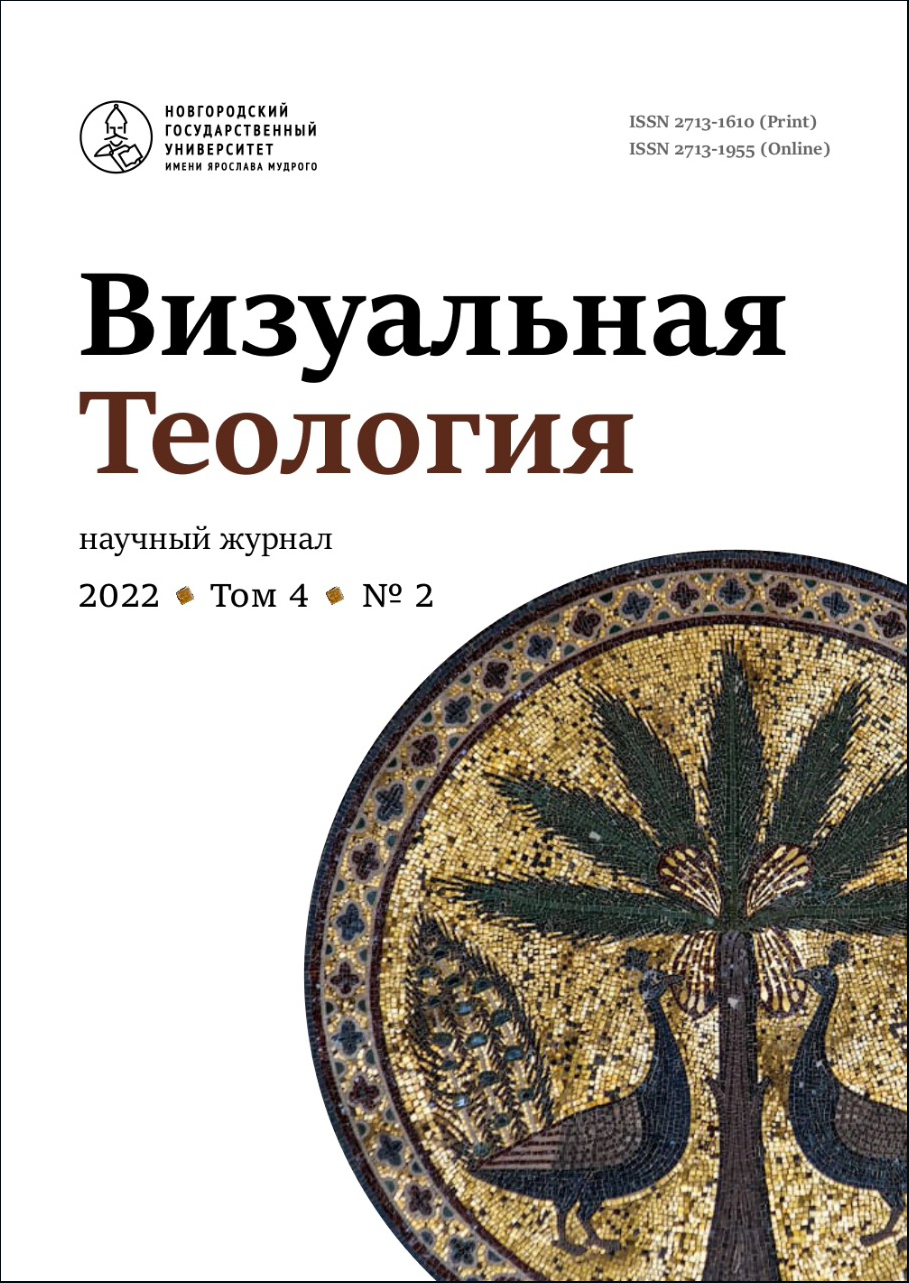Church of the Beheading of John the Baptist in Diakovo as a Prototype of Boris Godunov’s Holy of Holies
Abstract
The Church of the Beheading of John the Baptist in Diakovo is a unique monument that has no analogues in Russian or in world architecture. It is a multi-pillared structure built just a few hundred meters from the Church of the Ascension in Kolomenskoye and in many details resembling Saint Basil’s Cathedral in Moscow but with a dome, not a tabernacle on its top. As a rule, researchers date it within the years of life of Ivan IV, relying on the dedication of the main altar. However, iconographic analysis of the composition including a square base and a centric volume of the upper tier allows to suggest that this composition was conceived as a replication of the forms of the Old Testament Solomon’s Temple and the fortress walls of Jerusalem as they were represented in the 15th and 16th centuries. This circumstance, as well as the fact of the similarity of the plastic solution of the walls to the way they were decorated at the turn of the 16th and the 17th centuries, suggests that this work is Godunov’s project or, more precisely, a full-scale model of the Holy of Holies building conceived by him in the Moscow Kremlin. Apparently, King Boris wanted to symbolically repeat the famous biblical episode when David – the founder of the dynasty and a great warrior – prepared everything for the construction of the First Temple, but, obeying the word of the prophet, left his son Solomon the opportunity to realize it. In this case, the explanation of the choice of location for such an unusual structure is obtained. It was this area where Godunov’s military talents were clearly manifested in 1591 – in the battles against the Crimean Khan Ğazı II Giray, who planned to attack Moscow.


